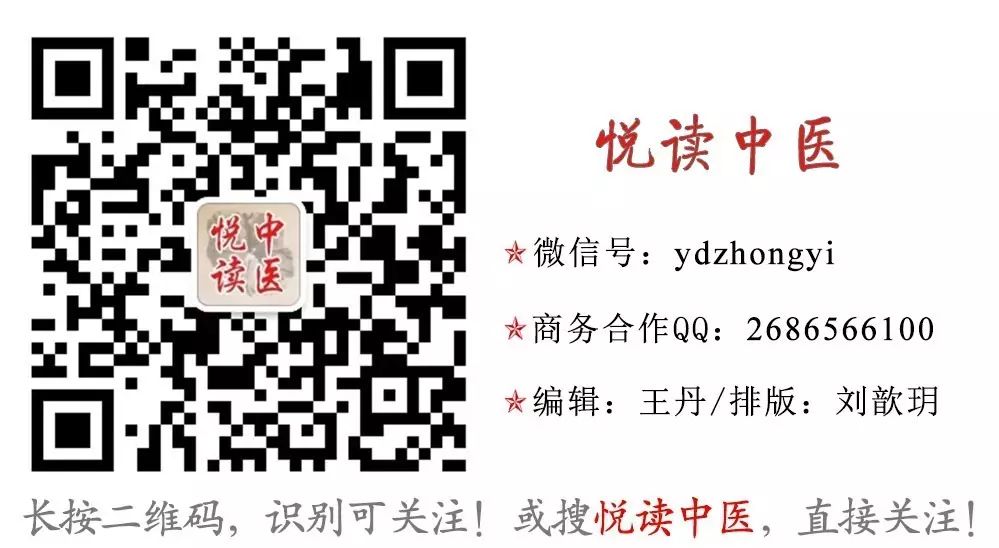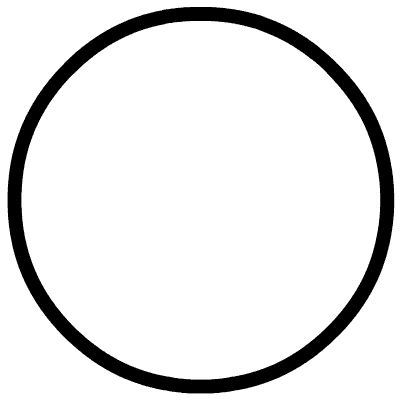
Editor’s Note
Aconite (Fu Zi, 附子) is a rare gift from heaven, known for its ability to support and elevate Yang energy, earning it the title of “King of Yang Support”. It is often referred to as a “heavenly herb”. Due to its significant toxicity, many people approach it with caution, yet numerous practitioners are fond of it. Aconite, known as the “most important Yang-supporting medicine”, has been cherished throughout history. The specific applications of Aconite have been continuously studied by renowned physicians over the ages, revealing many hidden secrets. Let’s explore them together!
 [Materia Medica Essentials]
[Materia Medica Essentials]
Aconite (Fu Zi, 附子) is pungent and warm in nature. It primarily treats wind-cold coughs and reverses evil Qi, warms the middle, heals metal wounds, breaks up masses and accumulations, alleviates blood stagnation due to cold dampness, and relieves joint pain and spasms, particularly in the knees, preventing movement. It is harvested from mountainous valleys.
(From the Western Han Dynasty’s “Shennong Bencao Jing, Lower Volume”)
 [Commentaries from Various Schools]
[Commentaries from Various Schools]
Black Aconite (He Fu Zi, 黑附子) is hot in nature and very pungent. Its properties are dynamic and not stationary, and it can also eliminate severe cold from the kidneys. When combined with Bai Zhu (White Atractylodes), it is known as Shu Fu Decoction, a sacred medicine for dispelling cold dampness. It is suitable for treating dampness and can circulate through all meridians. It is also used for treating amenorrhea. “Zhu Zhi Mi Yao” states: pungent is pure Yang, treating great cold in the spleen. It is also said to be very hot, with a pungent and sweet flavor, thick Qi but thin flavor, and appropriate weight, capable of ascending and descending, representing Yang. Its uses are threefold: to eliminate cold stagnation in the organs, to supplement insufficient Yang Qi, and to warm the spleen and stomach. However, it should not be used excessively. It should be processed with slow fire.
(From the Jin Dynasty’s “Yixue Qiyuan, Volume Two, Medicinal Preparation Essentials”)

Aconite is pungent and hot, with significant toxicity, and its flavor is thick and floating, representing the Yin within Yang. Its nature is floating and not sinking, and its use is dynamic and not stationary. It eliminates cold stagnation in the six fu organs and supplements the three Yin’s counterflow. The Eight Flavor Pill by Zhang Zhongjing uses it as a guide for the Shaoyin, specifically taking advantage of its vigorous downward-moving nature to address the stagnation of Di Huang (Rehmannia). If one thinks of it as a supplement, that would be a mistake. It is used in blood tonics to promote menstruation and in Qi tonics to enhance Qi. It should not be used lightly in cases of severe deficiency and cold. Pregnant women should avoid it.
(From the Ming Dynasty’s “Yao Jian, Volume Two”)

Black Aconite is of lower quality, used as an assistant. It is very hot in nature, with a pungent and sweet flavor, and has significant toxicity. Its nature is floating, representing the utmost Yang. It enters the Shaoyang Sanjiao and Mingmen channels, circulating through all meridians. It is stated that Aconite is very pungent and hot, eliminating cold stagnation in the six fu organs and reversing the counterflow of the three Yang. Its fierce nature is floating yet contains sinking properties, moving without being stationary, capable of reaching all meridians. The Materia Medica states it primarily treats wind-cold coughs, reverses evil Qi, warms the middle, heals metal wounds, breaks up masses and accumulations, alleviates cold pain in the heart and abdomen, treats cholera and cramps, and addresses diarrhea with red and white discharge, strongly reviving Yang. It is also effective for cold dampness causing joint pain, spasms, and weakness in the knees, preventing movement, and for hardening muscles and bones, being the leader among all medicines due to its ability to move downward through the meridians. The above symptoms must belong to conditions of cold stagnation, cold body, cold extremities, and weak pulse, indicating the need for its use to revive Yang. It should be processed as a guide for supplementing Yin, not as a true supplement, as it is said to invigorate fire and nourish Qi. Common practitioners mistakenly use it for warming and supplementing without distinguishing between hot and cold, leading to disastrous consequences. Bai Zhu is an assistant, a sacred medicine for dispelling cold dampness, especially suitable for treating kidney cold and spleen dampness. For treating amenorrhea, it should be slow-cooked, combined with Ren Shen (Ginseng), Huang Qi (Astragalus), and Gan Cao (Licorice) to maximize its supplementing effects.
(From the Ming Dynasty’s “Bencao Faming, Volume Three, Herb Section”)

Aconite is warm and very hot, embodying the spring-like wood energy from heaven, entering the foot Jueyin liver channel; its great heat embodies the pure Yang fire energy from heaven, entering the foot Shaoyin kidney channel; it supplements true Yang, with a pungent flavor and significant toxicity, embodying the dry and harsh metal flavor from the west, entering the hand Taiyin lung channel. Its flavor is thick, representing Yang. It primarily treats wind-cold coughs and reverses evil Qi. When the lungs are affected by wind-cold evil Qi, the metal loses its descending nature, causing the evil to obstruct the lungs, leading to cough and reversed Qi; Aconite enters the lungs, and its pungent heat can resolve wind-cold. Cold dampness is the earth’s Qi, which, when felt, harms the skin, muscles, and bones, leading to symptoms of stiffness and weakness; Aconite enters the liver, which governs the muscles, and its pungent nature can disperse dampness, while its heat can expel cold, thus alleviating stiffness and weakness. For knee pain preventing movement, it indicates kidney and liver Yang deficiency, with dampness flowing into the joints; warming and enhancing Yang, its pungent toxicity can move dampness, making it effective. For masses, accumulations, and blood stagnation, all things that are Yang are light and relaxed, while Yin is solid and firm; the solid ones are all due to cold congealing and blood stagnation; Aconite’s heat can soften hardness, its pungent nature can disperse masses, and its warmth can move stagnation. Metal wounds do not heal when cold; Aconite warms the lungs, which govern the skin and hair; when the skin and hair are warm, the wound can heal.
(From the Qing Dynasty’s “Bencao Jingjie, Volume One, Herb Section”)

It primarily treats wind-cold coughs and reverses evil Qi, with cold evil reversing in the upper jiao. It warms the middle and eliminates cold from the middle jiao. For metal wounds, blood and flesh warm and heal. It breaks up masses, accumulations, and blood stagnation, where cold Qi congeals and blood stagnates, and only heat can move it. Cold dampness causes stiffness, spasms, and knee pain preventing movement, which is due to cold evil in the lower jiao affecting the muscles and bones. Generally, toxic medicines are few in cold nature and many in hot nature. Cold nature is gentle, while hot nature is rapid and intense, entering the blood and Qi, being harsh and violent, and cannot be without harm to delicate organs. Therefore, it must be used with caution. However, the toxicity of hot medicines is quick and easy to detect, while the toxicity of cold medicines is slow and difficult to notice, which requires extra caution.
(From the Qing Dynasty’s “Shennong Bencao Jing Baizhong Lu, Lower Quality”)
Copyright Statement
This article is excerpted from “Essentials of Renowned Physicians’ Discussions on Medicine” (published by China Traditional Chinese Medicine Press, edited by Hou Shuping), with all rights reserved by the original author. Recommended for publication by Yue Du Zhong Yi (WeChat ID: ydzhongyi), with the cover image sourced from the internet. Unauthorized reproduction is prohibited!

 Click the original text to purchase the book!
Click the original text to purchase the book!

